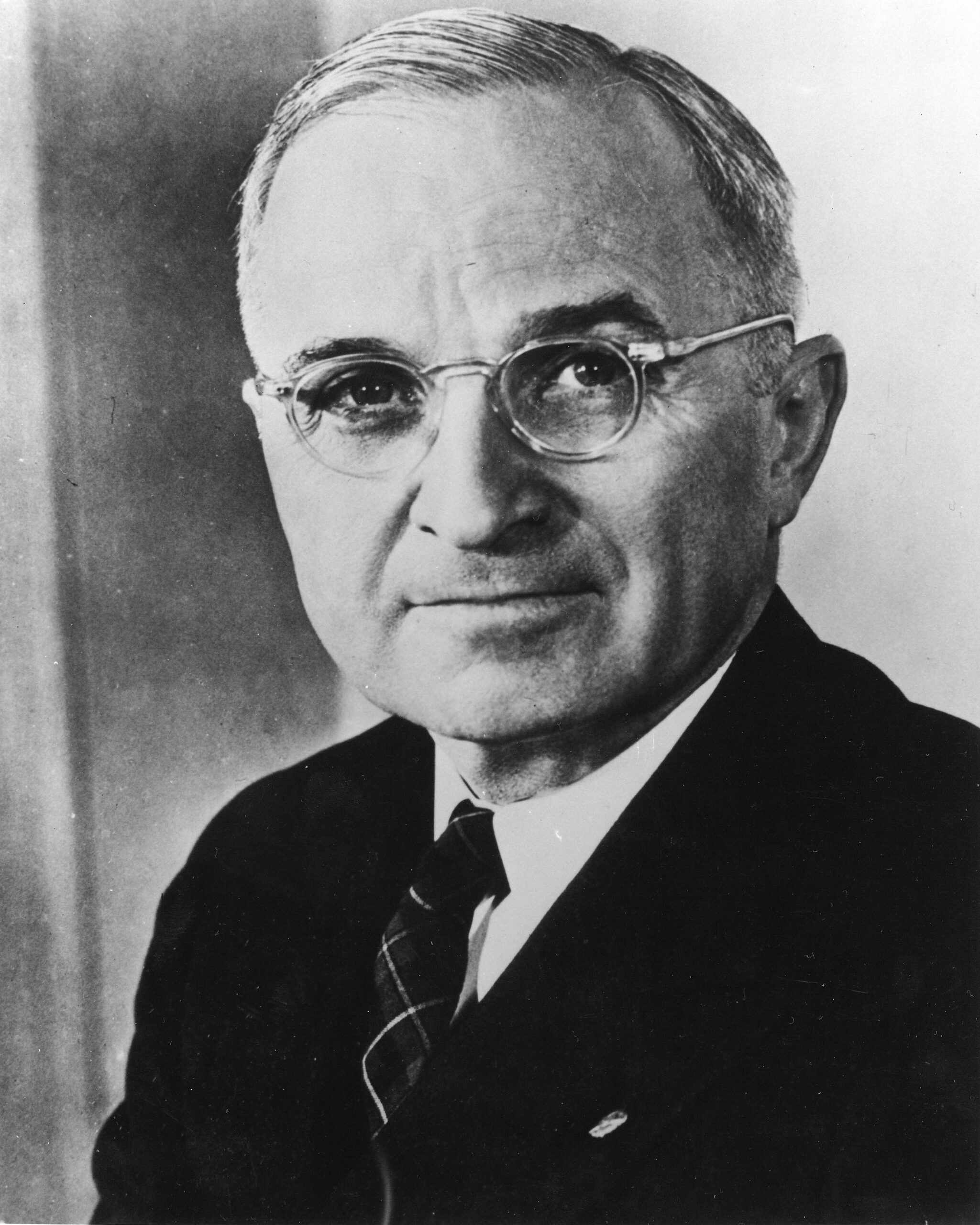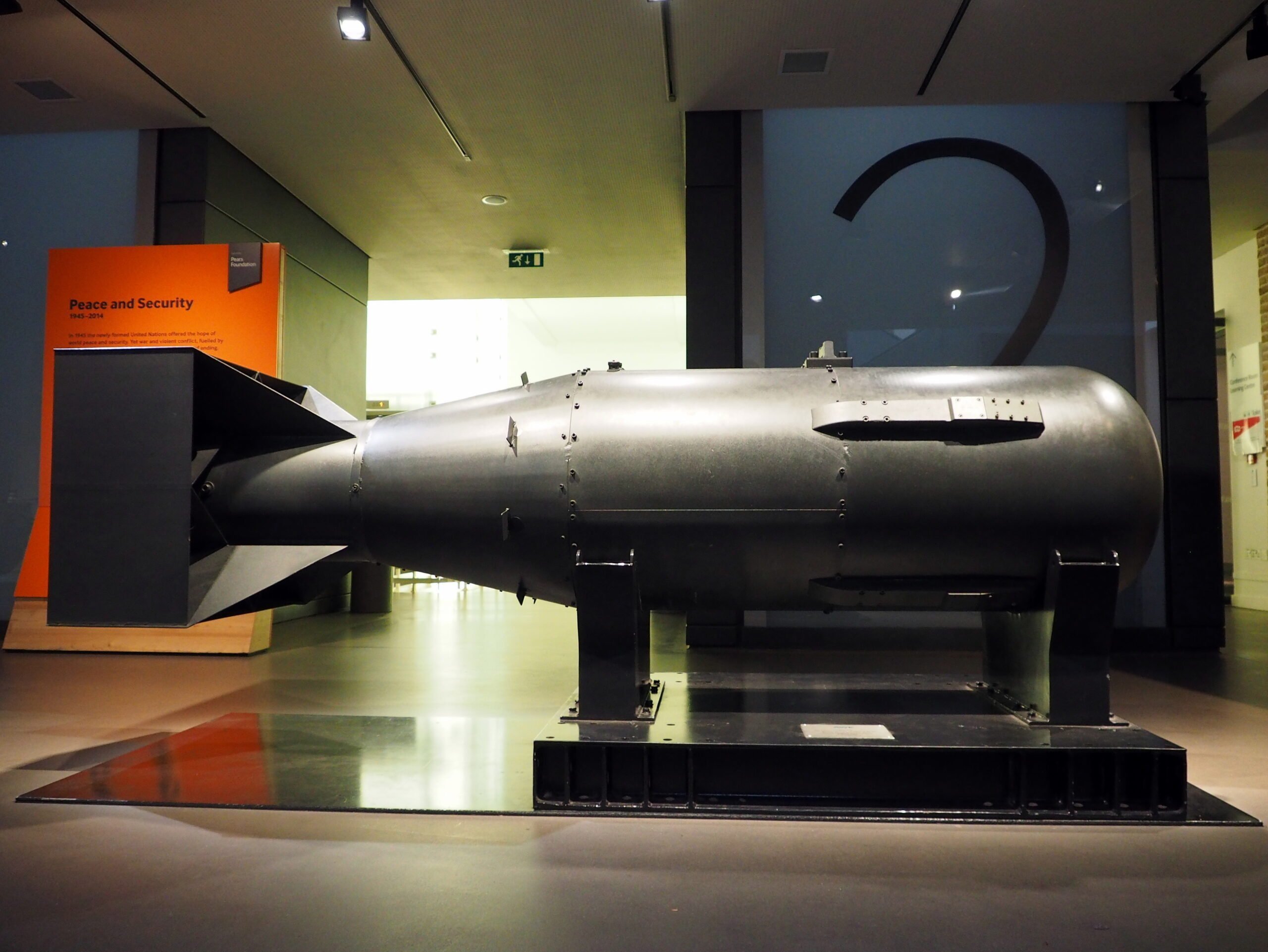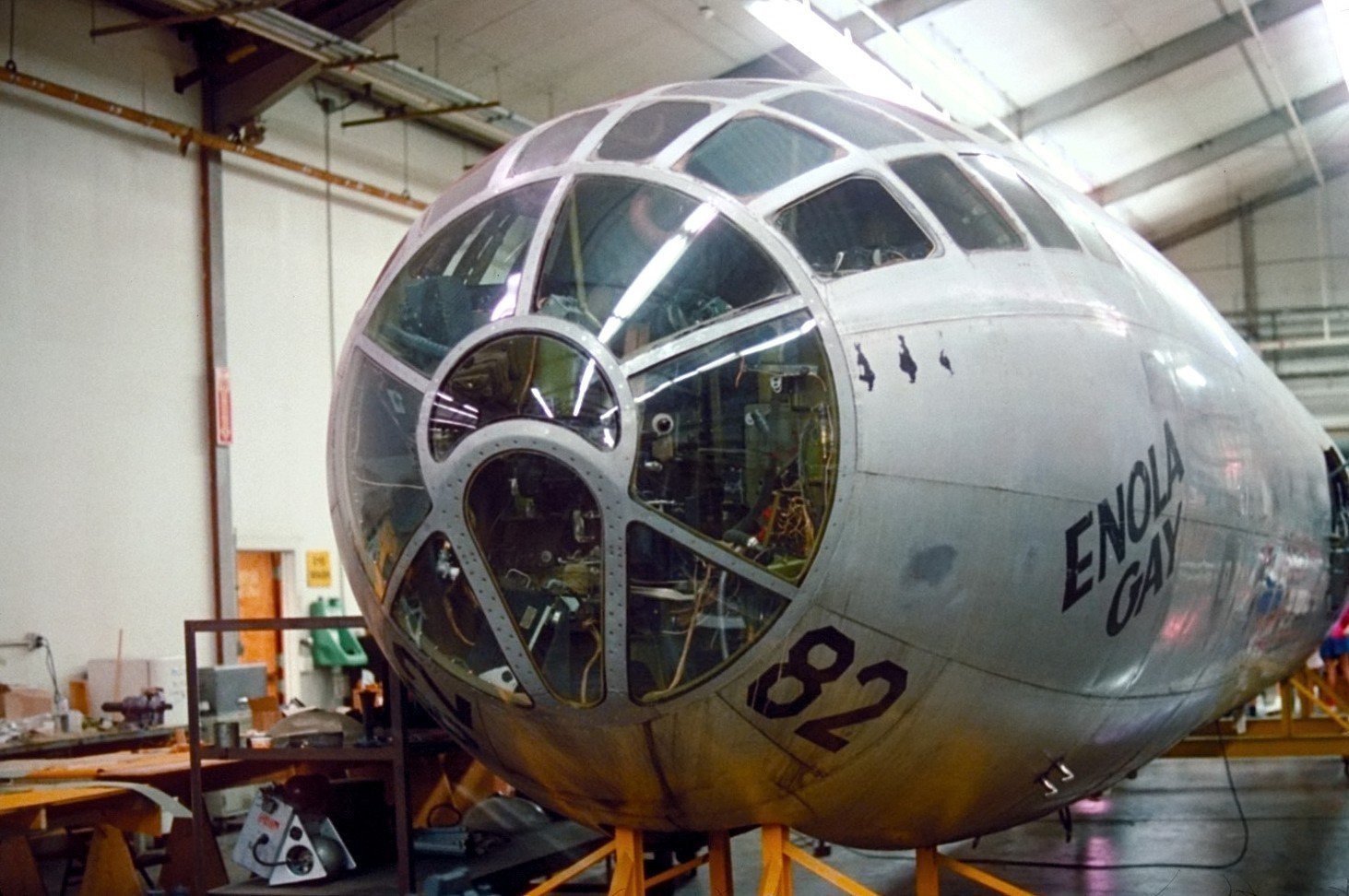Nuclear Attack

Only hours after Harry Truman was sworn in as the US President on April 12, 1945, following the death of Franklin Roosevelt, he was led to a meeting with Secretary of War Henry Lewis Stimson. Stimson informed the new President about the real purpose of the secret Manhattan Project, laying out exactly what the teams of the nation’s top physicists and engineers had been working on for so long. Using electromagnetic separation, they learned that a fast chain-reaction could release an incredible amount of energy, harnessing the power of the atom. And they turned that concept into a weapon of destructive power never before created in the history of mankind.
From an outside view, the Second World War was wrapping up. Germany was done for, and Japan’s surrender seemed to be only a few months away. However, the alliance between the western allies and the Soviet Union was more fragile than ever. With the Red Army marching into Poland, Hungary and Romania, President Truman watched with worry as the Soviets tightened their grip on half of Europe. The US administration was strictly opposed to the autocratic Soviet system of state control and secret police, but they still possibly needed Soviet help to bring the war against Japan to a quick halt. It had become a political poker game between the two power blocks, and each asset a card that was thrown onto the table. But with the atomic bomb becoming a reality, the US found itself with an ace up its sleeve and a means to dictate the terms of the postwar world.
Unprecedented killing power
By the time of the Potsdam Conference in mid-July, the final experiments – codenamed “Trinity” – proved that the atomic bomb truly worked. But while the Truman administration sent its congratulations, more and more scientists within the Manhattan Project voiced their concerns about the correct use of the bomb’s unprecedented killing power.
Prominent physicist Leo Szilard was the loudest advocate for a careful approach. He emphasised that war had to be restrained within the bounds of common humanity. Why not keep the weapon but not use it? The war would be over soon. A naval blockade would surely be enough to starve the Japanese into surrender. Japan had no allies left, no surface navy or air force, while the US had inexhaustible resources. By unleashing the atomic bomb, Szilard argued, the US would not only lose its moral superiority, but also its industrial advantage. The biggest strength of the US military was that its heavy armament industry could outproduce everyone else on the planet, but an atomic arms race would make this advantage void. At that point, the US had the monopoly, but it would not keep it forever. How long would the Soviet Union need to build atomics from scratch? 10 years? Maybe 5, if they made use of captured German scientists or spies within the US. What would the world become if those fundamentally opposed systems ever made use of the bomb?
Unconditional surrender or total destruction
On the other side, the US military argued that having such a bomb and not using it was unjustifiable to the American people. The invasion of Okinawa cost over 12,000 American soldiers their lives. How many more would die in an invasion of the Japanese mainland against an enemy that stated it would arm its people even with bamboo sticks to avoid unconditional surrender? For many in the military, total war justified total death. How many millions had already died man-made deaths in World War II? The US Air Force had turned Hamburg and Dresden to burning ruins, and had killed 100,000 people in Tokyo. Ultimately, the bomb was not much different in what it would achieve, they argued, but instead would save many American lives. The bomb itself had to be the message. Unconditional surrender or total destruction.

A Target Committee was set up to list possible Japanese cities. The chosen city had to be well within the range of the B-29 Super fortress bombers, which had to be modified to carry such a unique single large bomb. To accurately study the effects of the explosion, the target would have to be untouched by previous bombing raids. Only then could the damage and the power of the bomb be accurately determined.
The target had to be military in nature. A city that had a large troop concentration, stored military equipment or housed important headquarters. Eventually, the choice came down to two cities. The first was Kyoto, the ancient capital of Japan, which had a large industrial area and was the intellectual centre of Japan. Destroying it would have had a large psychological effect on Japanese society. The other city was Hiroshima, which had an important army embarkation port and a huge urban area. Additionally, the surrounding heights there would add a focusing effect to the blast damage.
Secretary Stimson was appalled by the coldness of the calculations, and he personally forbade the destruction of Kyoto. If they had to kill a whole lot of people, then at least they could spare their history and culture. Hiroshima was top of the list.
They proceeded to calculate the correct height of the detonation, the radiological effects and the predicted expenditure of the bomb’s energy. The first bomb, Little Boy, was expected to have the same impact as about 5,000 to 20,000 tons of TNT. The Trinity testing had proven that their theories worked, but there was still a lot of speculation. Would a chain reaction set the whole atmosphere of the earth on fire? Who really knew?
Enola Gay

The men on board the designated B-29, nicknamed Enola Gay after the pilot’s mother, knew little of all those discussions and speculations. On the night of August 6, they loaded the 9,700-pound armoured cylinder into the compartment of the bomber and took off towards Hiroshima.
At 03:00, the weaponeers began readying the bomb, preparing its triple fusing system. At 06:00 they approached Iwo Jima and were joined by other planes that would observe and photograph the results. At 07:30, as they climbed to bombing altitude, the internal batteries of Little Boy were activated. The weather reports were favourable and the crew put on their flak suits and anti-glare goggles in preparation for the countdown. At 08:15, the bomb bay openened, and the bomb dropped.
As Little Boy fell to earth, the arming wires were removed, starting its internal clocks. As the bomber banked away, the bomb’s radar activated, sending signals toward the ground. At the predetermined altitude, an electrical signal reached the fusing system, closing the circuit. 43 seconds after Little Boy left the Enola Gay, a bright light filled the plane, and the first shock wave violently shook it. Behind them, Hiroshima vanished in a boiling mushroom cloud.
A day like any other
The people of Hiroshima began their day like any other in those troubled times. The morning was mostly quiet until the air sirens began, and people looked to the skies searching for incoming planes. The evacuation programme had significantly reduced the city’s inhabitants to around 245,000 people, and almost no one that was lucky enough to survive the day remembers hearing the sound of the bomb’s explosion. For them it was a noiseless flash followed by a wave of unimaginable heat. Everything close to the explosion was immediately obliterated, as the pressure wave advanced at 2 miles per second. Most homes in Japan were made out of wooden frames and wooden walls, which instantly collapsed or burned as the released thermal energy engulfed everything in a blue-green fireball.
Those further away who witnessed the bomb explode were immediately blinded by the flash. Survivors soon wandered the streets, escaping the fires of their homes. Their clothes were torn to rags; their swollen faces blistered. Their skin, black from third degree burns, peeled off their bodies. Like sleepwalkers, they wandered through the smoldering ruins that were their city only moments prior.
“The child making a suffering, groaning sound, his burned face swollen up, balloon-like and jerking, as he wanders among the fires. The old man, the skin of his face and body peeling off like a potato skin, mumbling prayers while he flees with faltering steps. Another man pressing with both hands the wound from which blood is steadily dripping, rushing around as though he’s gone mad and calling the names of his wife and child – ah – my hair seems to stand on end just to remember. This is the way war really looks.” – Unnamed 5th Grade Boy. Richard Rhodes: The Making of the Atomic Bomb. S.719.
140,000 people died in the immediate explosion of the bomb. Thousands more soon died of their wounds. But even those who survived the initial bomb could not escape the radiation. Those exposed to the direct gamma radiation were slowly dying, suffering for years. After 5 years, the number of dead rose to 200,000.
But despite the nightmarish reports, the war was still not over. And Fat Man, the implosion bomb, was being readied. A new target was at the top of the list, this time it was the city of Nagasaki. 70,000 would die this time and Japan would finally surrender. The atomic age had begun.
Scientists were already working on improved implosion systems and the potential of thermonuclear fission, that would unleash the equivalent of over 100 million tons of TNT, dwarfing Little Boy and Fatman by far. The Second World War was over, but the world had entered an era potentially far more frightening.
The bombing of Hiroshima and Nagasaki heavily inspired our song ‘ Nuclear Attack ‘, which is featured on our album, Attero Dominatus. Take a look at the lyrics we wrote here.
If you’re interested in a more visual interpretation of the above story, watch our Sabaton History episode, Nuclear Attack – Atomic Bombings:





















